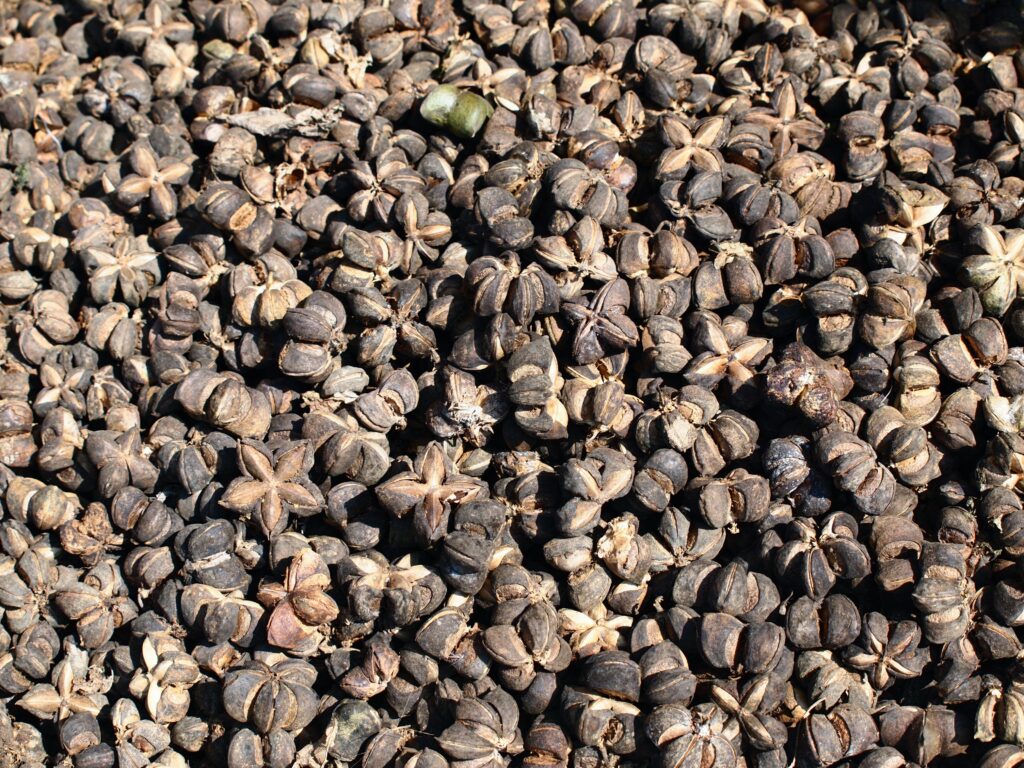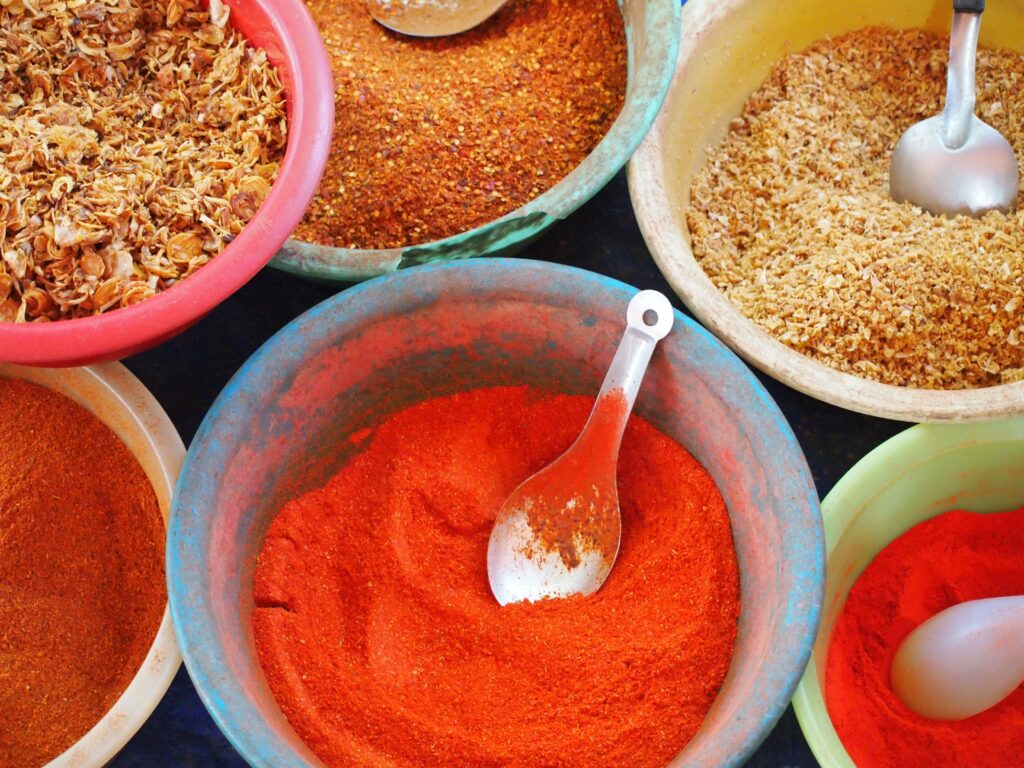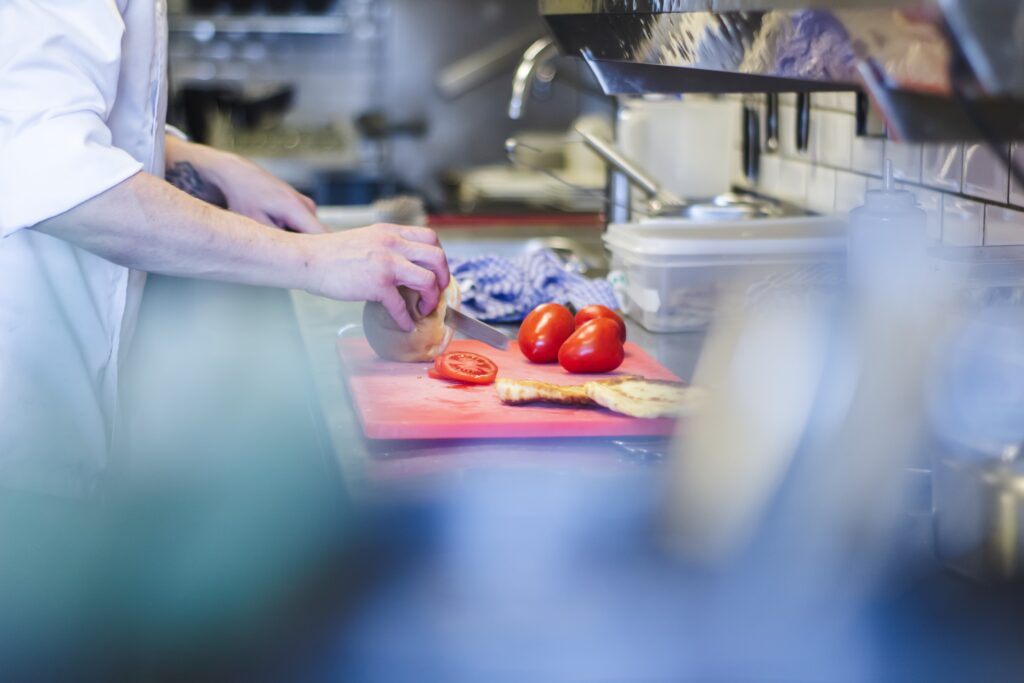Navigating through the world of gourmet and cuisine can be tricky, but thankfully, you’re not alone. The guide “Are There Any Cultural Or Regional Culinary Traditions I Should Be Aware Of?” is here to enlighten you. From spicy Indian curries to the delicate Japanese sushi, it’s brimming with rich and diverse culinary traditions across the globe. It’s packed with intriguing stories behind every plate – why it’s prepared the way it is and how it’s steeped in rich cultural heritage. Your journey towards being an empowered and informed food lover begins with this illuminating guide!

This image is property of images.unsplash.com.
Understanding Cultural and Regional Culinary Traditions
Understanding cultural and regional culinary traditions requires one to dive into the essence of a region’s history, beliefs, and geographical elements. Each dish that you encounter reflects generations of tradition, crafting the very identity of a people and a place.
Reason to understand such traditions
Cuisine is a form of cultural expression that is routed in a shared history and geography. As such, you take a peek into the collective memory wound into every recipe when you taste a traditional dish from a different culture or region. Understanding the nuances of these traditions can immensely enrich your own dining experiences, helping you view food not as mere sustenance, but as an embodiment of shared human experiences.
The impact of cultural and regional culinary traditions on the global food scene
Cultural and regional culinary traditions have greatly influenced what we see today at the global dining table. Consider the widespread love for sushi, biryani or pizza spanning across borders. These dishes originated as regional specialties and now represent some of the most enjoyed foods worldwide. By understanding these traditions, we can appreciate the vibrancy and richness they bring to our global culinary landscape.
Culinary Traditions in Asia
Asia is a treasure chest of diverse culinary traditions, with each region boasting its own unique tastes and practices.
Dining etiquette in Japan
In Japan, minute nuances speak volumes. From the arrangement of food on a plate to the correct use of chopsticks, every detail is steeped in tradition and respect. For instance, it is considered impolite to stick chopsticks vertically into a bowl of rice, as this practice is ordinarily part of funeral rituals.
Food customs in China
In China, the act of dining is an experience that often encompasses both food and community. It is not uncommon for dishes to be shared among those dining together, all partaking from communal dishes in the center of the table. This reflects the importance of togetherness and sharing in Chinese culture.
India’s religious influence on food
India’s rich diversity of faiths has greatly shaped its culinary practices, with Hindu, Jain, Muslim and Christian communities adding their own unique spins to everyday recipes. For example, many Hindus avoid beef in their diet, while Muslims avoid pork, resulting in unique but equally flavorful variations of traditional dishes.
Middle eastern culinary practices
Middle eastern cuisine incorporates a harmonic blend of spices and differing textures to create their traditional dishes. Community is front and center in their culinary practices with events like massive iftar dinners during Ramadan, where the entire community comes together to break their fast.
Culinary Traditions in Europe
European culinary traditions vary vastly from region to region, each offering a unique and delectable experience.
Mediterranean customs and influences
Mediterranean cuisine is increasingly popular around the globe, known for its health benefits. Olive oil, fresh produce, seafood, and a moderate intake of dairy and meat make up the essence of this cuisine.
Food traditions in Eastern Europe
Eastern European cuisine is rich and hearty, reflecting the region’s cold climates. Staple ingredients include potatoes, cabbage, and meats, as one can see in popular dishes such as Polish Pierogi or Ukrainian Borscht.
British tea tradition
An integral aspect of British culinary culture is ‘afternoon tea’. Originated in the 1800s as a mini meal to curb hunger between lunch and dinner, it’s now a quintessential British tradition featuring an assortment of teas, sandwiches, and sweets.
Culinary Traditions in Africa
African culinary traditions are as diverse as the continent itself, spanning across various regions and communities.
Ethiopian Coffee Ceremony
In Ethiopia, coffee is not just a drink but a ceremony conducted three times a day. The beans are roasted, ground and brewed in front of guests, signifying the importance of community and hospitality in Ethiopian culture.
North African Culture and Couscous
In North Africa, couscous is more than just a side dish. Traditionally handmade and steamed over a stew of meat and vegetables, it is generally served during festivities and symbolizes blessings and abundance.
South African Braai culture
At the heart of South African culinary tradition is the Braai, essentially a social barbeque. Families and friends come together around the fire, cooking a variety of meats and enjoying shared conversation.

This image is property of images.unsplash.com.
Culinary Traditions in South America
South American cuisine is a colorful medley of indigenous, African, and European influences.
Importance of maize in Mexican cuisine
Maize, a native crop in Mexico, forms the backbone of their cuisine. From the staple tortillas in tacos to tamales and even drinks, maize takes center stage in numerous traditional Mexican dishes.
Argentinian Barbecue Culture
Argentina is renowned for its barbeque, or Asado. It’s not just the quality of the meat that is significant, but also the method of roasting it over a slow wood fire, reflecting the country’s deep-rooted traditions.
Peruvian Ceviche and its significance
Regarded as a national heritage dish in Peru, ceviche represents Peru’s rich coastline. Raw fish is marinated in citrus juices and mixed with chillies and onions, a testament to Peru’s Indigenous, European, and Asian influences.
Culinary Traditions in North America
Culinary traditions in North America are a melting pot of indigenous practices and immigrant influences.
Thanksgiving meal in USA
Thanksgiving in the USA is celebrated with a hearty meal with turkey at the centerpiece. This tradition signifies the ‘First Thanksgiving’ feast of 1621, which was shared among the Pilgrims and Wampanoag Indians.
Poutine in Canada
Originally from Quebec, poutine is a beloved Canadian dish. Comprised of fries, gravy, and cheese curds, this dish mirrors the country’s French influences.
Native American food customs
Native American food traditions vary by region and tribe. From salmon in the Pacific Northwest to bison in the Great Plains, these traditions utilize readily available local resources.

This image is property of images.unsplash.com.
Culinary Traditions in Australia and Oceania
Australia and Oceania have culinary practices deeply tied to their geography and indigenous traditions.
Australian barbecue culture
Aussies have a love affair with the barbecue, often including not just meats but also seafood, reflecting the country’s ample coastline. The weekends often see folks gathering round a ‘barbie’.
Seafood tradition in New Zealand
Given its abundant waters, it’s not surprising that seafood is central to New Zealand’s culinary tradition. A must-try is the traditional Māori Hangi, a feast cooked in an earth oven.
Food customs in Polynesia and Micronesia
Polynesian and Micronesian cuisines heavily incorporate seafood, coconut, and taro, reflective of the island’s abundant resources. Traditional dishes like Hawaiian poke or Fijian kokoda showcase this rich bounty.
Island Culinary Traditions
Island culinary traditions are often rooted in their geography, local resources and colourful histories.
Caribbean spice Usage
Caribbean cuisine is renowned for its use of vibrant spices and peppers, the most famous being the Scotch Bonnet. These colours and flavors give us a taste of the spirit and energy of the Caribbean.
Hawaiian Luau culture
Hawaiian Luau is not just a celebration but also a decadent feast featuring dishes like Kalua pig and poke. This tradition reflects the island’s unique mix of indigenous, Asian, and American influences.
Seafood tradition in Maldives
As an island nation, Maldives’ cuisine is predominantly seafood-based. Tuna, in particular, features heavily in traditional dishes, showcasing the sustainability practices rooted within the community.
Halal and Kosher Food Practices
These refer to foods conforming to Islamic and Jewish dietary laws, respectively.
Understanding what is Halal
Halal, an Arabic term for ‘permitted’ or ‘lawful’, refers to foods allowed under Islamic law. Key aspects include humane treatment of animals, prohibition of certain animals like pigs, and alcohol-free preparation.
Understanding what is Kosher
Kosher originates from Jewish law and involves specific regulations on food processing, especially concerning meat. Certain animals, like pigs and shellfish, are prohibited, and dairy and meat products cannot be eaten together.
Where to find such food practices
These traditions are practiced globally. You can find Halal food in many Western countries thanks to the growing Muslim population. Similarly, Kosher food is available in areas with Jewish communities.
Importance of Understanding Food Allergies and Dietary Restrictions
Food can bring people together, but these bonds can be strained without understanding and respect for dietary restrictions.
Knowing common food allergies
Some common food allergies include nuts, gluten, dairy, and shellfish. Understanding and catering to these can make shared meals more inclusive and enjoyable for everyone involved.
Vegan and vegetarian considerations
Respecting vegan and vegetarian diets means understanding that these choices often go beyond just diet and extend to ethical, religious, or environmental beliefs.
Gluten-free and dairy-free diets
These dietary choices can often stem from health concerns like Celiac Disease or lactose intolerance. When hosting or cooking for others, it’s essential to respect these requirements to ensure everyone can comfortably enjoy the meal.
Respecting dietary restrictions in different cultural and food traditions
Just as we respect cultural and regional traditions, so too must we respect personal dietary choices and restrictions. It’s about making sure every person feels included and valued in our shared culinary experiences.










